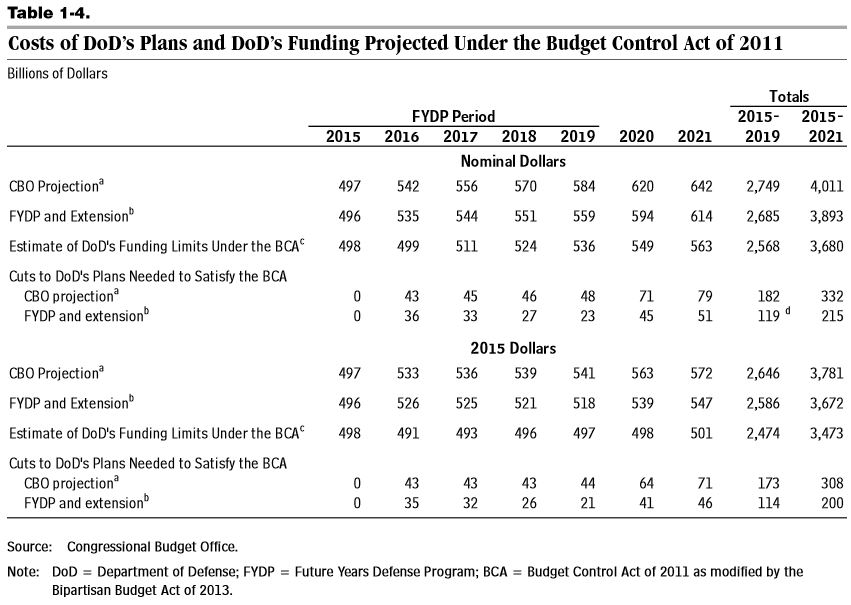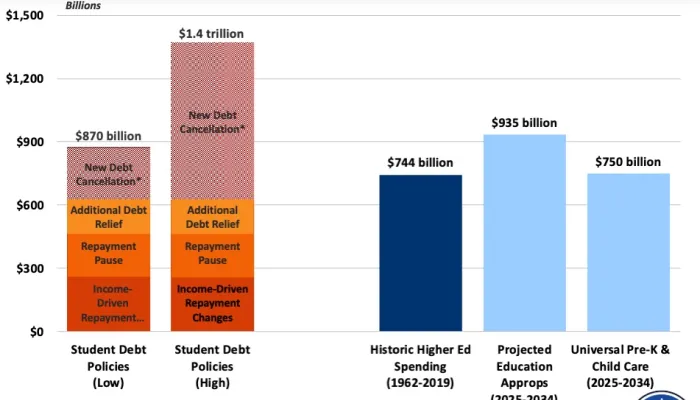Another Lame Duck Decision Point: Military Personnel Spending
CQ is reporting (subscription required) that the main obstacle to the defense appropriations authorization, which must be addressed during the lame duck session, are a pair of Defense Department proposals to slow the growth of military personnel spending. These recommendations would save $16-$18 billion over five years, providing room for other spending under the defense caps. However, while the Senate Armed Services Committee accepted these proposals, the House rejected them. If Congress requires the Pentagon to cut its budget but keeps rejecting the Pentagon's ideas for budget savings, they will ultimately need to make even more difficult choices.
The first policy, which would slow the rapidly rising cost of health care, would increase co-pays for pharmaceutical drugs in TRICARE. Co-pays for 30-day supplies would gradually increase over ten years from $5 to $14 for generic drugs and $17 to $45 for brand-name drugs. For 90-day mail-orders, they would increase similarly from $0 to $14 for generic drugs and $13 to $45 for brand-name drugs. Non-formulary brand-name drugs would see co-pays of $90, up from $43. The Pentagon has stressed that these increases are necessary to control health care costs and further encourage the use of cheaper generic drugs.
The second policy would slow the growth of the Basic Allowance for Housing (BAH) so that its coverage would fall on average from 100 percent of housing costs to 95 percent. The 5 percent of housing expenses that servicemembers would be expected to cover would still be well below the 20 percent they had to cover in the 1990s.
The conflict within Congress is a microcosm of the struggle between the Pentagon and Congress in recent years, as the Defense Department has frequently stressed the need to reduce military personnel costs to free up money for other priorities under the tight spending caps in place. This controversy is even more important because of CBO's recent findings that the DoD's five-year plan, the Future Years Defense Program (FYDP), would exceed the caps by $182 billion over the next five years, and $332 billion through 2021, the last year the caps are in effect. While the FYDP is within the cap in 2015, it exceeds the cap by growing amounts in later years. The two policies above have the benefit of phasing in gradually so their savings increase when they are more needed.
Enacting these policies would take some pressure away off of capped defense spending, and would also lessen the temptation to shift parts of the defense budget to the uncapped war spending category. Lawmakers have already appropriated much more for war spending than the Pentagon requested. Accepting the Pentagon's cost-saving military personnel recommendations would free up money for defense spending under the caps that might otherwise be gained through gimmicking the war designation.
Living within defense spending caps will require many tough choices, of which military personnel spending and health care spending in particular, will need to be a part. If lawmakers are not willing to make reforms that the Pentagon has suggested, they will ultimately have to make more difficult choices in other areas of the defense budget and to our defense capabilities, choices that they also have not shown great willingness to make. Congress will make it easier on themselves if they accept the reasonable requests of the Defense Department to scale back personnel spending.



